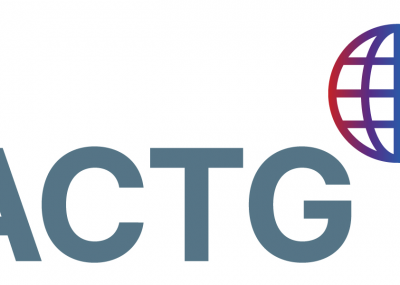Purpose: In low- and middle-income countries (LMICs), frequent outages of the stock of cancer drugs undermine cancer care delivery and are potentially fatal for patients with cancer. The aim of this study is to describe a methodologic approach to forecast chemotherapy volume and estimate cost that can be readily updated and applied in most LMICs.
Methods: Prerequisite data for forecasting are population-based incidence data and cost estimates per unit of drug to be ordered. We used the supplementary guidelines from the WHO list of essential medicines for cancer to predict treatment plans and ordering patterns. We used de-identified aggregate data from the Botswana National Cancer Registry to estimate incident cases. The WHO Management Sciences for Health International Price Indicator was used to estimate unit costs per drug.
Results: Chemotherapy volume required for incident cancer cases was estimated as the product of the standardized dose required to complete a full treatment regimen per patient, with a given cancer diagnosis and stage, multiplied by the total number of incident cancer cases with the respective diagnosis. The estimated chemotherapy costs to treat the 10 most common cancers in the public health care sector of Botswana is approximately 2.3 million US dollars. An estimated 66% of the budget is allocated to costs of rituximab and trastuzumab alone, which are used by approximately 10% of the cancer population.
Conclusion: This method provides a reproducible approach to forecast chemotherapy volume and cost in LMICs. The chemotherapy volume and cost outputs of this methodology provide key stakeholders with valuable information that can guide budget estimation, resource allocation, and drug-price negotiations for cancer treatment. Ultimately, this will minimize drug shortages or outages and reduce potential loss of lives that result from an erratic drug supply.




